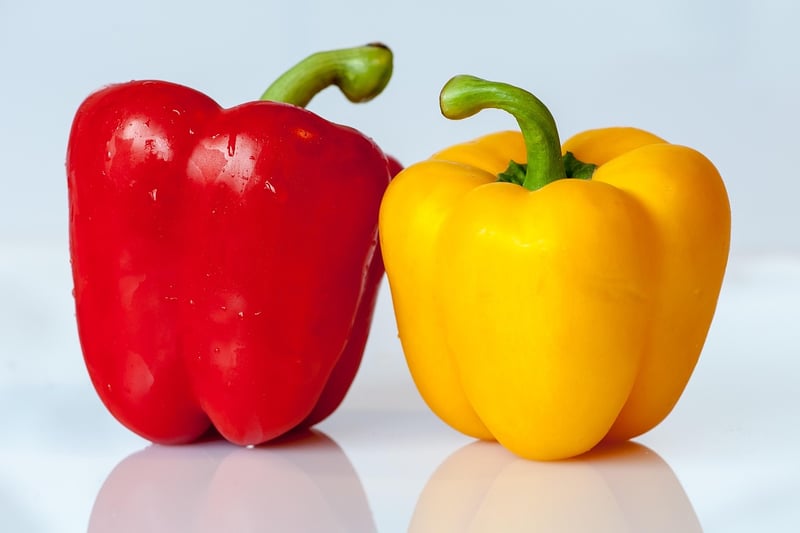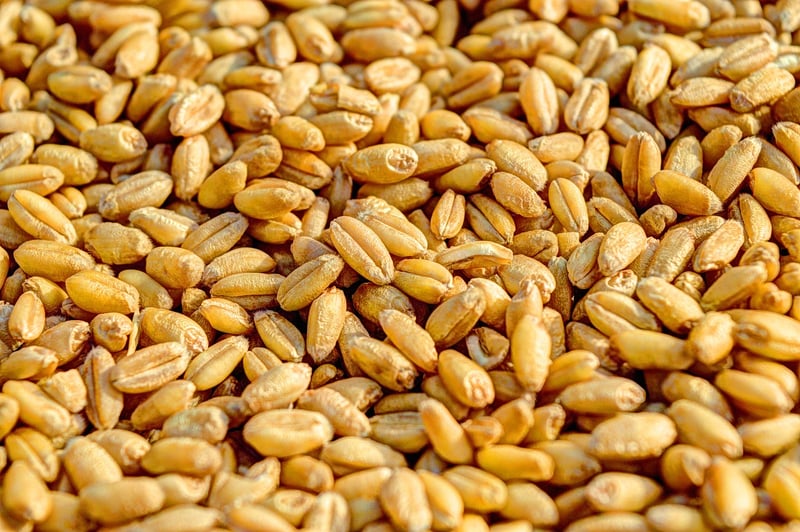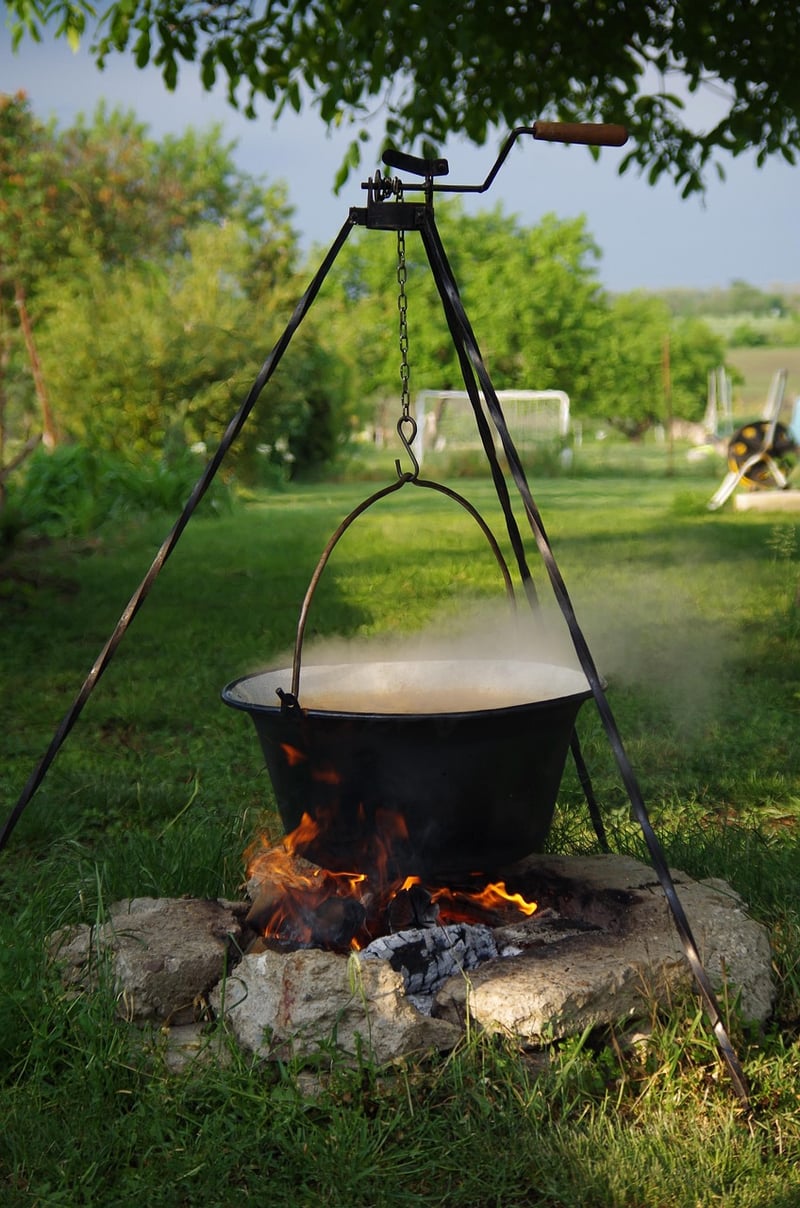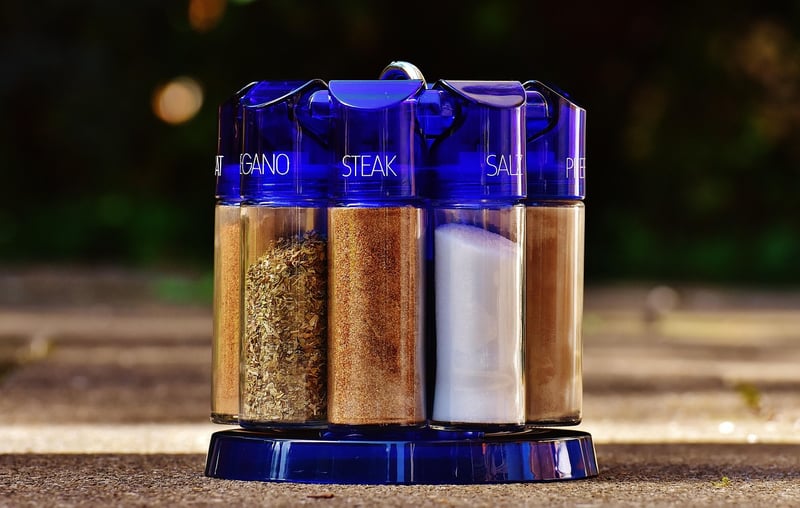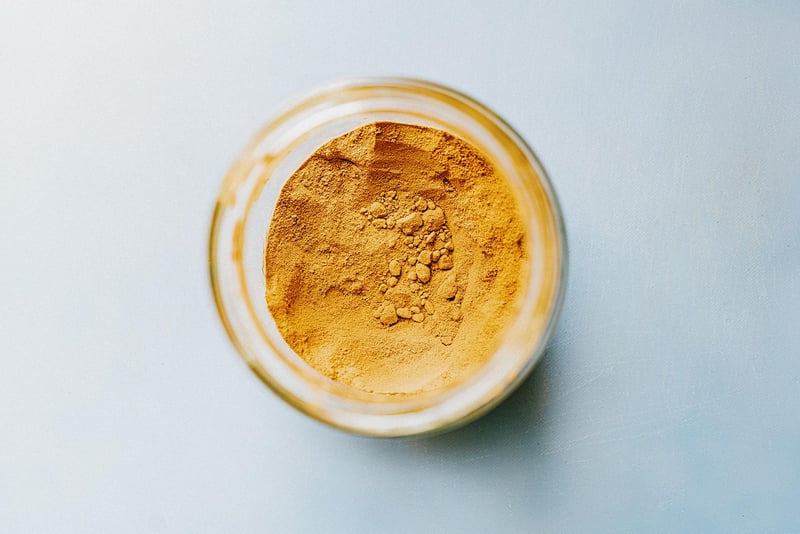Flavor Enhancements
Enhance Your Cooking Skills with Flavor Enhancements
Cooking is an art that can be mastered with practice, patience, and a touch of creativity. One way to take your culinary creations to the next level is by incorporating flavor enhancements into your dishes. Whether you're a seasoned home cook or just starting out in the kitchen, these tips and tricks will help you elevate your cooking skills and impress your friends and family with delicious meals.
1. Experiment with Herbs and Spices
Herbs and spices are the building blocks of flavor in cooking. Don't be afraid to experiment with different combinations to find your signature taste. From classic herbs like basil and thyme to exotic spices like cumin and cardamom, the possibilities are endless. Fresh herbs can add a burst of flavor to your dishes, while spices can bring warmth and depth.
2. Use Citrus Zest and Juice
Citrus fruits like lemons, limes, and oranges can brighten up any dish with their zesty flavor. Grate the colorful outer peel (zest) to add a citrusy punch to salads, marinades, and desserts. Squeeze fresh juice over grilled meats or seafood to enhance their natural flavors. Citrus is a versatile ingredient that can balance out richness and add a refreshing twist to your meals.
3. Incorporate Umami-rich Ingredients
Umami is known as the fifth taste, adding depth and savoriness to dishes. Ingredients like soy sauce, miso paste, Parmesan cheese, and tomatoes are rich in umami flavor. Try incorporating these ingredients into your cooking to create more complex and satisfying dishes. A dash of soy sauce in a stir-fry or a sprinkle of Parmesan on pasta can make a world of difference.
4. Roast or Caramelize for Intense Flavors
Roasting vegetables, meats, or even fruits can intensify their flavors by caramelizing sugars and developing complex tastes. The natural sugars in ingredients like onions, carrots, and bell peppers caramelize when roasted, adding sweetness and depth. Experiment with different roasting times and temperatures to achieve the perfect balance of flavors in your dishes.
5. Try Pickling and Fermenting
Pickling and fermenting are ancient preservation techniques that can also enhance the flavors of foods. Pickled vegetables like cucumbers, carrots, and red onions add a tangy crunch to sandwiches and salads. Fermented foods like kimchi and sauerkraut are not only good for your gut but also contribute unique and complex flavors to dishes.
6. Infuse Oils and Vinegars
Infused oils and vinegars can add a burst of flavor to dressings, marinades, and drizzles. Try infusing olive oil with herbs like rosemary or thyme, or vinegar with fruits like raspberries or figs. These infused oils and vinegars can elevate even the simplest dishes, turning them into gourmet creations.
By incorporating these flavor enhancements into your cooking repertoire, you can take your dishes from ordinary to extraordinary. Experiment with different ingredients, techniques, and flavor profiles to discover your own culinary style and impress your taste buds with new and exciting tastes.
